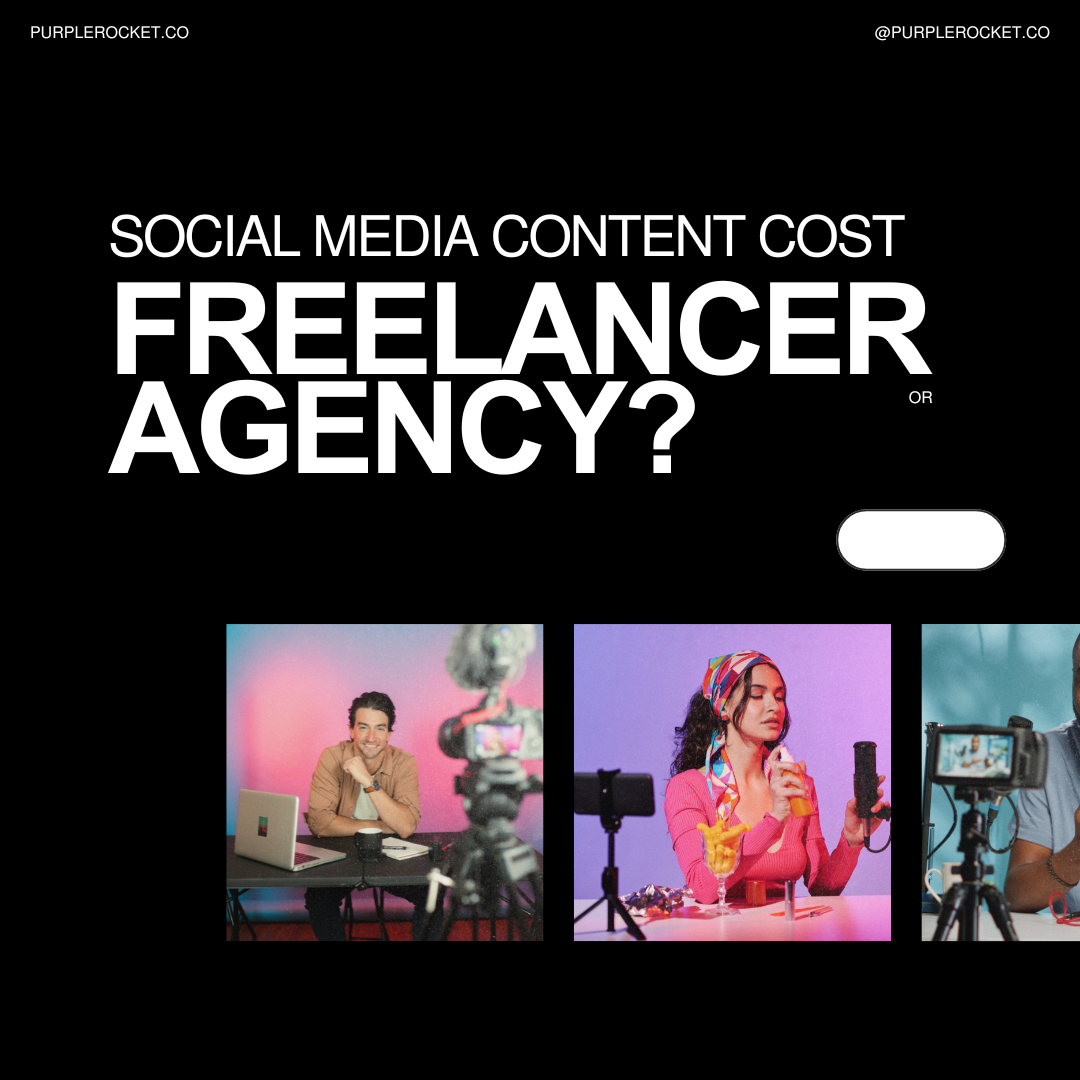The Psychology of Design
- Admini
- design principles, human psychology, psychology of design
- 0 Comments
When it comes to design, there is more to it than meets the eye. While aesthetics and functionality are important, understanding the psychology behind design can greatly enhance its effectiveness. In this blog post, we will explore the various factors that are related to design principles and human psychology, and how they intersect to create useful and impactful designs.
The Power of First Impressions
First impressions matter, and this holds true for design as well. Research has shown that people form opinions about a website or product within milliseconds of their initial exposure. This means that a well-designed interface has the potential to capture attention and engage users right from the start.
One of the key psychological principles at play here is the concept of visual hierarchy. By strategically arranging elements on a page, designers can guide users’ attention and help them navigate through the information presented.
For example, using larger fonts or contrasting colors for important headings can draw the eye and make key messages stand out.
Additionally, the use of white space, or negative space, can also greatly impact the perception of a design. Studies have shown that proper utilization of white space can improve comprehension and overall user experience.
By giving elements room to breathe, designers can create a sense of balance and clarity, making it easier for users to process information.



The Role of Color Psychology
Color is a powerful tool in design, and it has a profound impact on human psychology. Different colors evoke different emotions and can influence how users perceive and interact with a design.
For example, warm colors like red and orange tend to create a sense of excitement and urgency, making them suitable for call-to-action buttons or important notifications.
On the other hand, cool colors like blue and green are often associated with calmness and trust, making them ideal for websites or brands that want to convey a sense of reliability.
It’s important to note that cultural and personal associations with colors can also play a role in how they are perceived.
For instance, while white is often associated with purity and cleanliness in Western cultures, it may symbolize mourning or sadness in other cultures. Therefore, it’s crucial for designers to consider the target audience and their cultural backgrounds when selecting colors for a design.
The Science of User Experience
User experience (UX) design focuses on creating products and interfaces that are intuitive, efficient, and enjoyable to use. Psychology plays a significant role in understanding user behavior and designing experiences that meet their needs and expectations.
One of the fundamental principles of UX design is the concept of mental models. Mental models are the internal representations that individuals have about how things work. By aligning a design with users’ existing mental models, designers can reduce cognitive load and make interactions more intuitive. For example, using familiar icons or symbols that users associate with specific actions can make a design more user-friendly.
Another important aspect of UX design is the concept of feedback and reinforcement. Humans are wired to seek feedback and respond to rewards, and this principle can be applied to design as well.
Providing clear and timely feedback to users when they perform an action can enhance their sense of accomplishment and encourage further engagement. This can be as simple as displaying a loading spinner or showing a progress bar when a task is being completed.
Emotional Design and User Engagement
Design has the power to evoke emotions and create a connection between users and a product or brand. Emotional design focuses on eliciting positive emotions and building meaningful experiences that resonate with users on a deeper level.
One way to achieve emotional design is through the use of storytelling. By incorporating narratives into a design, designers can create a sense of empathy and engagement.
This can be done through visual elements, such as using images that tell a story, or through interactive elements, such as animations or microinteractions that guide users through a journey.
Furthermore, personalization is another effective strategy in emotional design. Tailoring a design to individual users’ preferences and needs can create a sense of ownership and connection. This can be achieved through features like customizable interfaces, personalized recommendations, or adaptive content that adjusts based on user behavior.
The Future of Design and Psychology
As technology continues to advance and our understanding of human psychology deepens, the relationship between design and psychology will only grow stronger.
Designers who embrace this intersection and incorporate psychological principles into their work will be able to create more impactful and user-centered designs.
Understanding the psychology of design allows us to create designs that not only look visually appealing but also resonate with users on a deeper level.
By considering factors such as first impressions, color psychology, user experience, and emotional design, designers can craft experiences that are not only visually appealing but also intuitive, engaging, and memorable.
So, the next time you embark on a design project, remember the power of psychology and how it can elevate your work to new heights.

Explore more on this topic





